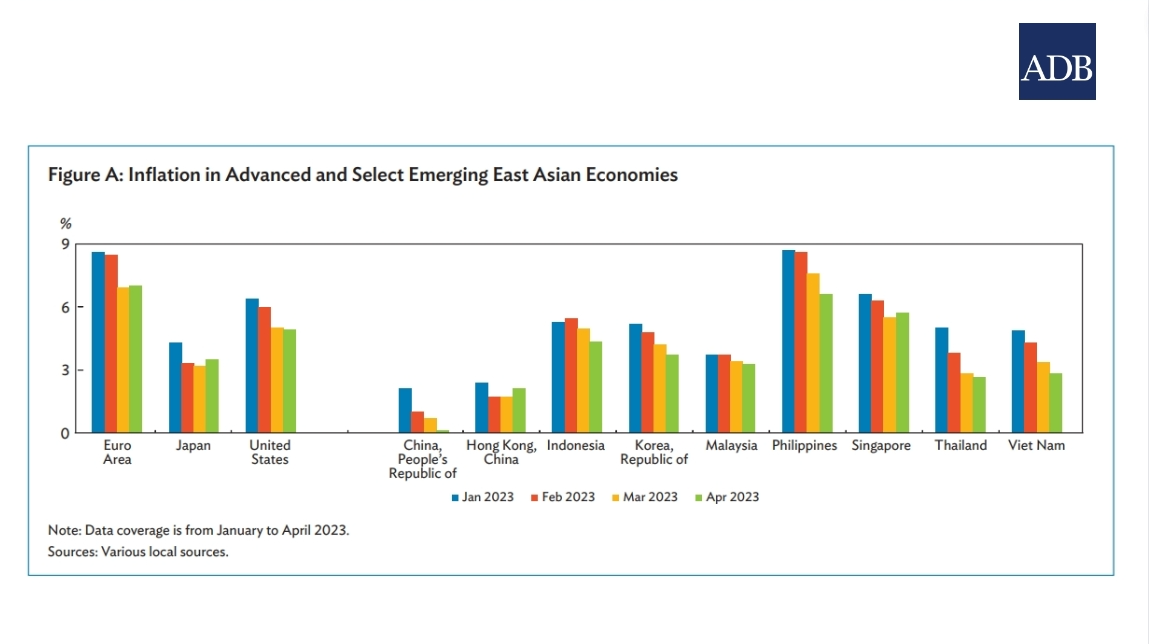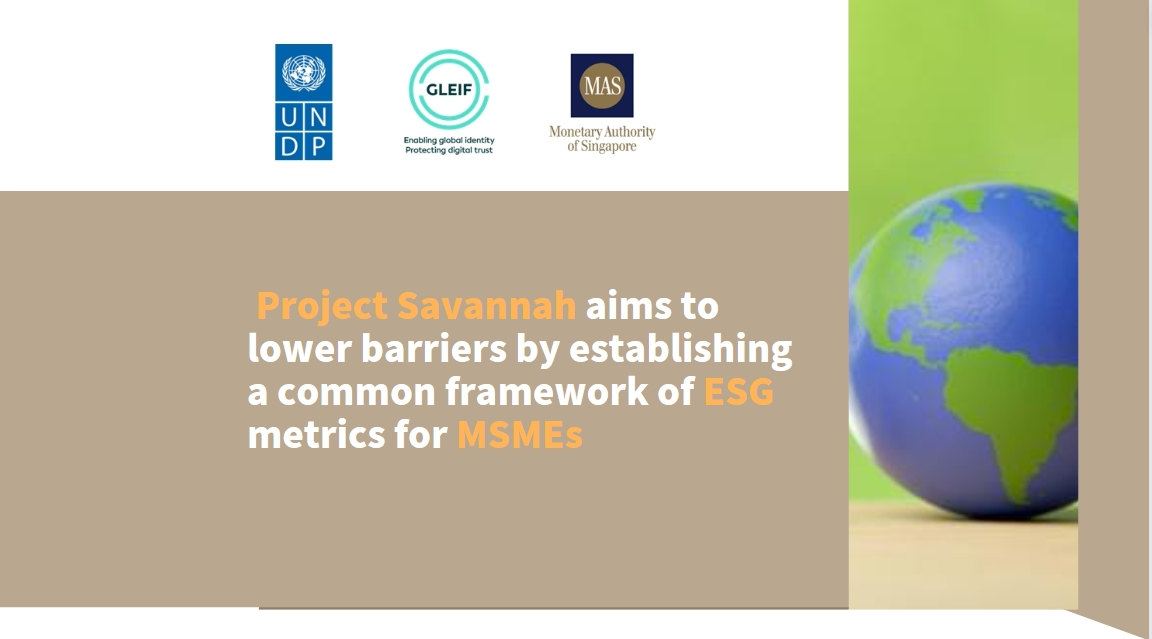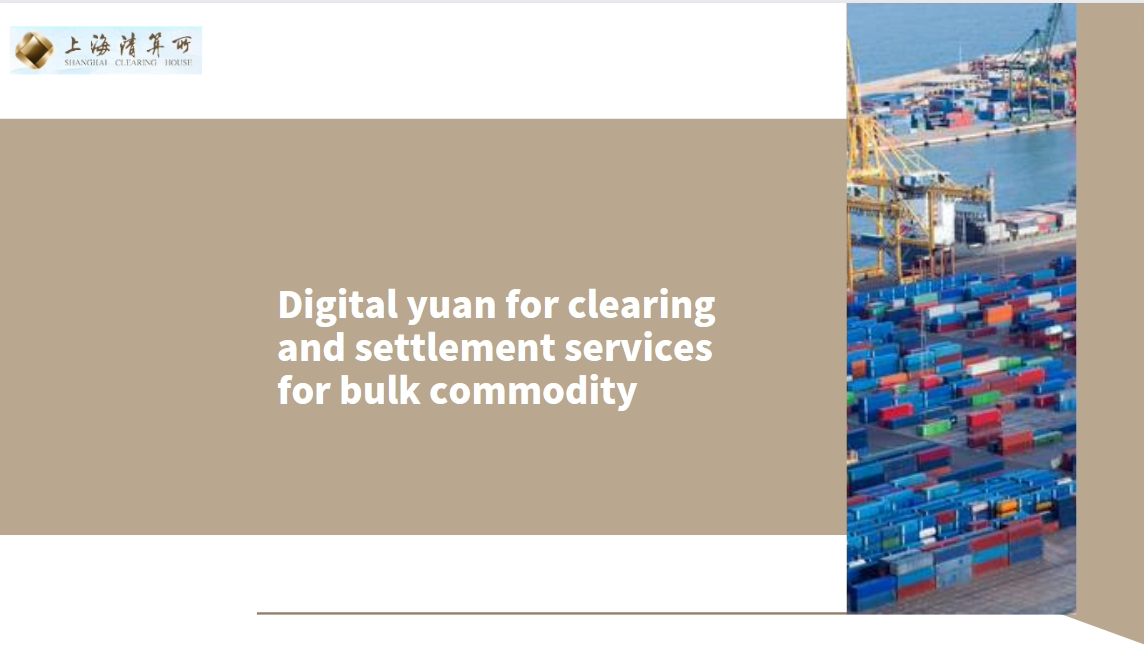Emerging East Asia Bond Yields Fall on Easing Inflation, Moderating Monetary Tightening
Bond yields in emerging East Asia declined from March to May amid easing inflationary pressure in the region and slower monetary tightening in the United States, according to the latest issue of the Asian Development Bank's (ADB) Asia Bond Monitor.
Financial conditions in the region remained largely stable, even amid lingering uncertainty about the US Federal Reserve’s monetary stance and looming risks in the banking sector of major advanced economies. Equity markets declined and local currencies weakened slightly against the US dollar between 1 March and 2 June, while risk premiums narrowed.
“Most of the region’s central banks have slowed their rate hikes, and the banking sector turmoil in the US and Europe has had limited impact on regional financial markets so far,” said ADB Chief Economist Albert Park. “However, in the US, concern over financial stability and inflation is causing uncertainty about the Federal Reserve’s monetary stance. Financial conditions in the region may continue to be affected by this uncertainty.”
Emerging East Asia comprises member economies of the Association of Southeast Asian Nations (ASEAN); the People’s Republic of China (PRC); Hong Kong, China; and the Republic of Korea.
The region’s local currency bond stock grew 9.1% from a year earlier to $23.8 trillion at the end of March. The increase was largely driven by governments frontloading debt issuance to finance programs to support economic recovery. Corporate bond issuance remained moderate, partly due to higher interest rates.
Growth in the sustainable bond market in emerging East Asia plus Japan1 moderated to 5.9% from the previous quarter, with total sustainable bond stock reaching $633.9 billion at the end of March. The ASEAN+3 region remains the second-largest sustainable bond market in the world, even as it needs more local currency and long-term financing. Green bonds, local currency financing, and private sector issuance dominated sustainable bond issuance in the region.
The latest issue of Asia Bond Monitor has a special section discussing the influence of climate risk awareness on investors’ trading decisions. The section notes that governments’ climate commitments can shape investors’ risk appetite and investment behavior.
ADB is committed to achieving a prosperous, inclusive, resilient, and sustainable Asia and the Pacific, while sustaining its efforts to eradicate extreme poverty. Established in 1966, it is owned by 68 members—49 from the region.

1.ASEAN+3 consists of member economies of ASEAN plus the PRC, Japan, and the Republic of Korea.






















































First, please LoginComment After ~